Adobe just released a huge update to Camera RAW for Lightroom and Photoshop, which includes the ability to make creative custom camera RAW profiles!
Above is a video tutorial showing you how you can make your own creative RAW profiles for Lightroom and Photoshop, and below I’ve also detailed the process with photos so you can follow along and get started making your own RAW profiles.
Here’s a closer look at the process detailed in the video.
Getting started
To start, you need to open a RAW file into the Camera RAW Plugin for Photoshop. To do this, copy a RAW file to your desktop, and then either right-click the file and choose to open with Photoshop, or while in Photoshop, use the File > Open menu option to locate and open the RAW file (or just double-click it inside Bridge).


Ideally you’ll want to choose an image that’s appropriate for the type of look you’re going to create for your profile. For example, if you plan to make a profile for your landscape images, use a RAW file of a landscape for this process.
Make your desired adjustments
Regardless of the image you choose, once you have the image open into Camera RAW you need to create the look you want for your profile.

You do this using any/all the tools and sliders available in Camera RAW. In the example in the video, I made some adjustments to Split Toning and the point Curve.


So my image now looks like this:

Create your profile
Your look will, of course, be different. But regardless of that, once you’ve created the look you want for your profile, go to the “Presets” tab of Camera RAW.

At the bottom of the Presets tab is a little icon for creating a new preset.

To create a new profile, hold down either the Option key (MAC users) or the ALT key (WINDOWS users) while clicking the new preset icon.T his will open the New Profile dialog box.

You’ll want to name your new profile, just type into the first box at the top.
By default, any sliders/adjustments you’ve made in Camera RAW will be checked in the list below (notice in the example that Split Toning and Point Curve are pre-checked to be included in the profile.)
If for some reason you don’t want an adjustment included in your profile, you can just uncheck that adjustment.
After naming your profile and making any changes to included adjustments, click the “OK” button to save your profile.
How to find and use your new profile

Back in Camera RAW in Photoshop, you can now navigate to the Basic panel and click the “Browse” icon (circled in red above) to expand the profile browser.

At the bottom of the browser, you’ll find your new user profile!
The new profile will also be available in Lightroom. However, if you had Lightroom open while you made the new profile, you’ll need to close and relaunch it to reload the profiles.
Once Lightroom is open, go into the Develop Module, expand the Basic panel (if it’s not already expanded), and click the same browse icon that you saw in Photoshop.

That will expand the profile browser which will look nearly identical to the one in Camera RAW for Photoshop. Then just click to select your new profile when you want to use it on an image.
In either Lightroom or Photoshop, just click that browse icon again to close the profile browser after you’ve made your profile selection.
And that’s it. You’ve now made your very own RAW profile!
Take it a step further
Now, you can stop here, and use this process to create as many profiles as you need to streamline and speed up your editing workflow. But there’s more you can do when creating your custom profiles, and this has to do with LUTs.
If you already don’t know about them, LUT is an acronym for Look Up Table, and it’s a way of manipulating the colors in your image. What LUTs do is remap the colors of your image according to the instructions in the LUT.
For example, you might have a LUT that remaps all instances of the color blue into the color red. When that LUT is applied to your image, anywhere the color blue appears, it will now be red. That’s a very simplified explanation of LUTs, but it gives you the general idea of what they do.
If you don’t care about LUTs and you don’t plan to use them, you don’t need to go any further. But if you do use LUTs and want to include them in your profile, here’s how to do it.
Using LUTs
First, you need a LUT. You can either include a LUT you get from somewhere online or create your own. I can’t go into detail on creating LUTs here, as that’s an entire topic on its own, and there are too many methods for creating LUTs to cover. If you’d like to see one example of how to create a LUT, I’ve included an example in the video above.
Regardless of where you get your LUT, it should be a “.CUBE” file
With your LUT file ready and saved somewhere you can find it, open a RAW file into Camera RAW as detailed above.
With your image open in Camera RAW, the very first thing you need to do is change the RAW profile. The default new is Adobe Color, so you need to change that to Adobe Standard (the previous default profile before this latest update).

The reason you have to do this is that you need a profile that doesn’t already have a LUT so that you don’t have two different LUTs in a profile conflicting with each other. Prior to this update to Camera RAW, profiles didn’t include LUTs, so using Adobe Standard makes sure there is only one LUT in the profile you are about to create.
With Adobe Standard selected, you can now make any other Camera RAW adjustments you want to include in your profile, just as you did above. After making those adjustments, go to the presets panel and open the New Profile dialog by holding Alt/Option and clicking the “New Preset” icon at the bottom of the window (as detailed above).
With the dialog open, name your preset, and then down near the bottom, click the “Load Cube File” option. With the option highlighted, click it again to open the file browser.

Find your “.CUBE” file and load it. Once it’s loaded in, you’ll notice some options in that section are now available to edit. The most important options are the Min, Amount, and Max options.

These options correspond to the Amount slider you get with a creative/user created profile applied to an image.

This amount slider is ONLY available for creative/user-generated profiles, and this slider changes how intensely the profile is applied to your image.
The slider always defaults to 100. This is the baseline whenever you apply a creative profile. To adjust the intensity of the profile on the image, you can decrease the slider down to a minimum of 0, or increase it to a maximum of 200.
Moving the slider up increases how intensely the profile is applied to your image, and decreasing it, in turn, decreases how intensely the profile is applied.
Now, back to the Min, Amount, and Max settings. These three values correspond to the values of the amount slider.
- The Min value corresponds to the Amount Slider value of 0.
- The Amount value corresponds to the Amount Slider value of 100.
- The Max value corresponds to the Amount Slider value of 200.
What this means is that you can set the intensity levels of the Amount Slider for applying the LUT to your RAW file by adjusting the Min, Amount, and Max values.
Here’s an example. Let’s say I have a LUT, that when applied to an image with no adjustments, makes the image look like this:

When creating the profile using this LUT, if I leave the Min, Amount, and Max values at their defaults (0, 100, 200), then when I click to apply that profile, by default, my image will look very similar to what you see above.

If however, I want to change the intensity of the LUT so that when the profile is applied that it looks like this by default:

I would change the “Amount” value in the “New Profile” dialog to 30. (I’ll explain how I arrived at the value of 30 in a moment.)
When changing the “Amount” value, you’ll also want to consider changing the “Max” value. If you leave the “Max” value at 200, the Amount slider will still work for the profile, and when set to 200, the look will be twice as intense as when the LUT is applied with no changes to intensity (as detailed above).

If you change the “Max” value to 100, then when the slider is at 200, it will look similar to having the LUT was applied with no changes to intensity.
I know this is a little confusing. What’s important to understand is that by adjusting the Min, Amount, and Max values, you’re setting the default for how the LUT is applied to the image with the profile, and the range of how the LUT will be applied to the image with the Amount Slider.
Now, I came up with the value of 30 by experimenting when creating the profile and the LUT that I used to include in that profile (the process is detailed in the video).
Unfortunately, the process in the video won’t be very helpful unless you create a LUT using the exact same process.
Instead, what I recommend to determine the value you’ll want to use, is to first just create the profile with the LUT and leave the Min, Amount, and Max values alone.
Then, apply that profile to one of your images. If by default the look is too intense, use the Amount slider to reduce the intensity until it looks the way you’d like it to look by default.
Once you’ve found a slider value you’re happy with, make note of that number. For instance, if you reduce the Amount slider to 25, write that down.
Then, go through the process of creating the profile again. This time, when you include the LUT, set the Amount value to 25, and the Max value to 100.
Now, with this new profile applied, by default, it’ll look like you want it without having to make adjustments to the Amount Slider. (This will, of course, vary from image to image, and you’ll likely make some Amount adjustments, but this will give you the baseline you want to start with.)
With this done you can then delete the profile and continue on using your now optimized profile with embedded LUT!
Conclusion
That’s how you create your own custom Camera RAW profiles, and how to include LUTs in them! If you have any questions let me know in the comments below.
The post How to Make Custom Camera Raw Profiles for Lightroom & Photoshop appeared first on Digital Photography School.

Digital Photography School






















































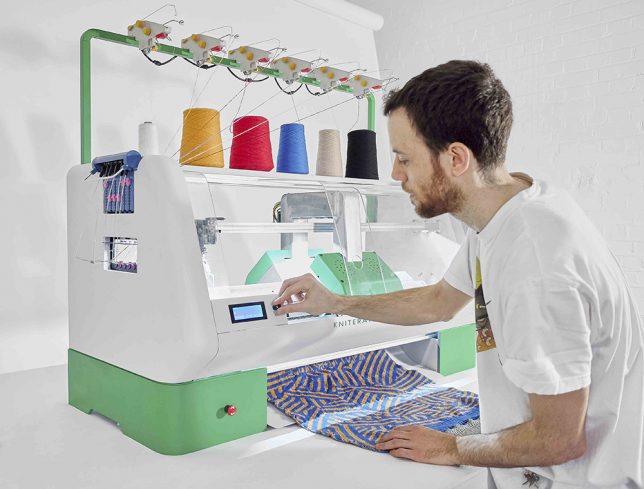
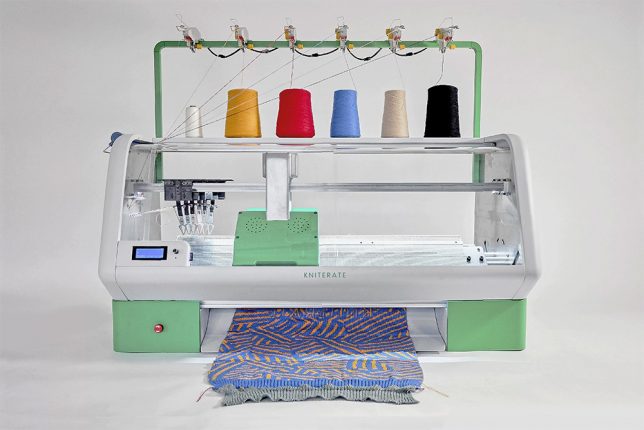
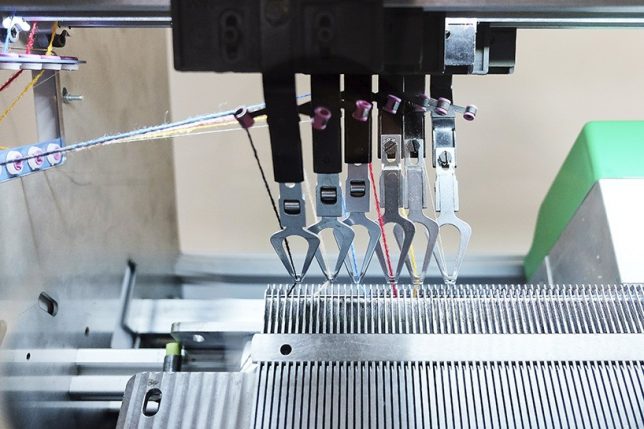

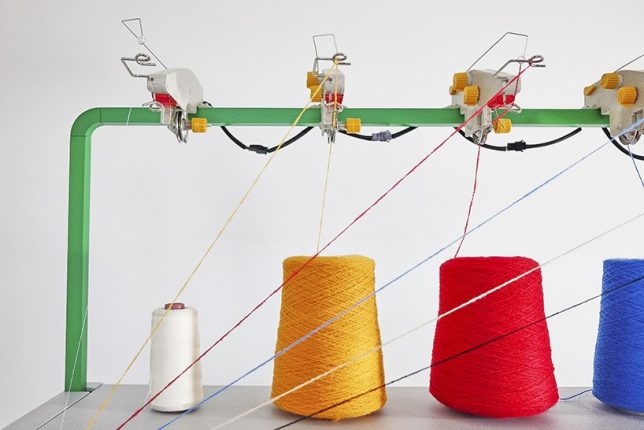
















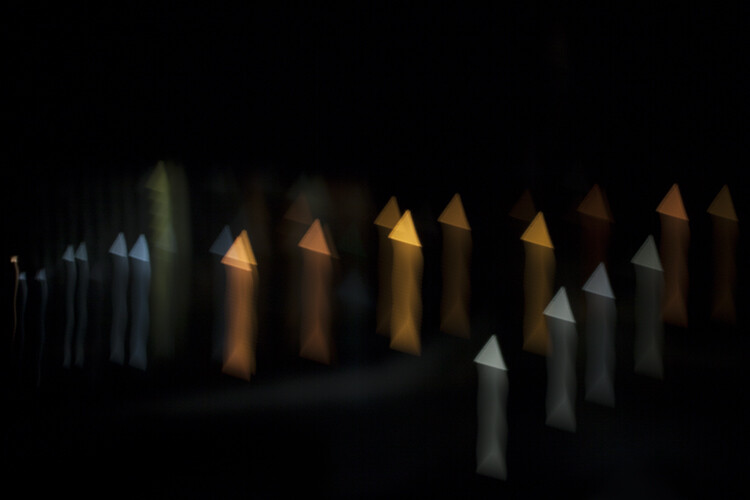



You must be logged in to post a comment.